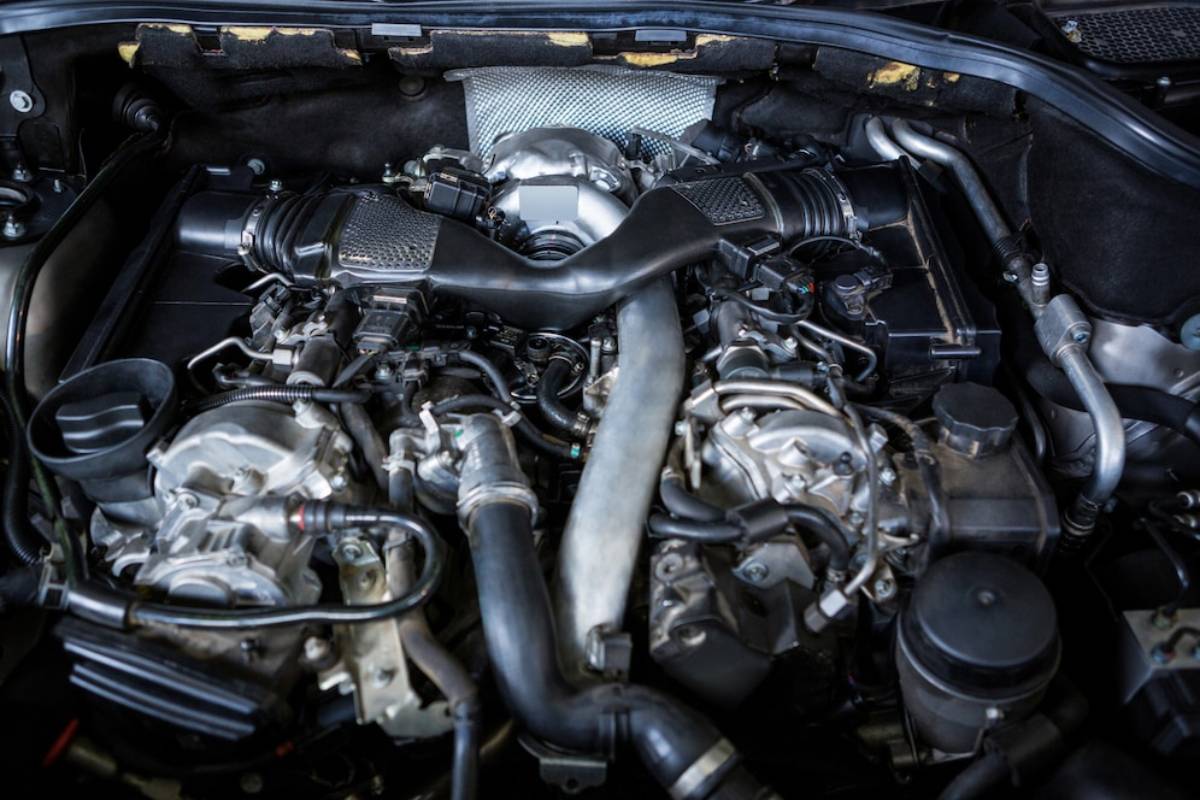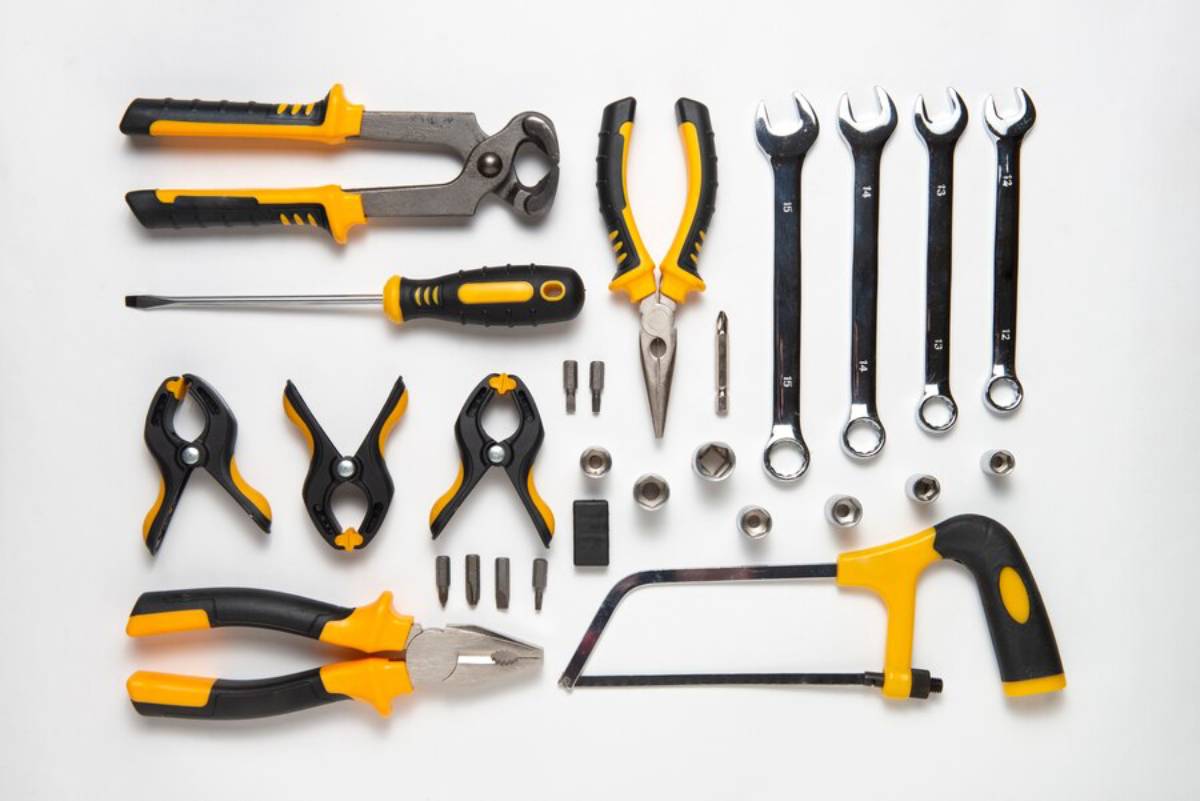
Dual-Intake Systems Explained: Power Gains and Benefits
Upgrading intake systems can greatly boost engine performance. This topic sparks much debate among enthusiasts. A car’s ability to “breathe” directly affects its horsepower, torque, and throttle response. The dual intake system is a great choice for enthusiasts. It helps improve engine airflow and boost power in your build.
But what exactly is a dual intake system? How does it differ from standard or cold air intakes? And, most importantly, does it deliver meaningful performance improvements? In this guide, we explain dual intake systems. We cover how they work, their benefits, and what to think about. This will help you decide if this performance mod is right for your car.
What Is a Dual Intake System?

A dual intake system uses two intake tubes. Each tube pulls in air from its own source, usually linked to separate filters. This is different from a traditional single intake. In that setup, all air comes through one tube and one filter before it reaches the engine.
Key Components:
- Twin intake pipes
- Two air filters (usually conical)
- Split or dual throttle body connections (depending on engine type)
- Mounting hardware and heat shields
Dual intakes are most commonly found on V6, V8, or other multi-bank engines, where each bank of cylinders can benefit from its own airflow path. However, dual-style systems are also used for symmetrical airflow or styling purposes on four-cylinder and inline engines.
How It Works: Engine Airflow and Efficiency
Engines function as air pumps—the more efficiently they can move air in and out, the more power they can produce. Intake systems are designed to supply cool, dense, oxygen-rich air to the combustion chamber.
Dual Intake vs. Single Intake:
| Feature | Single Intake | Dual Intake |
| Air Source | One | Two |
| Flow Volume | Moderate | Higher Potential |
| Intake Length | Often Longer | Potentially Shorter Per Side |
| Symmetry | May favour one bank | Balanced between engine banks |
| Filtration | One filter | Two filters (higher surface area) |
A dual intake maximises surface area for air filtration and minimises restriction by splitting the airflow across two paths. This can reduce intake air resistance, leading to improved volumetric efficiency and, in many cases, enhanced throttle response and torque delivery.
Key Benefits of a Dual Intake System
1. Increased Airflow Volume
With two intakes feeding the engine, more air can enter the combustion chamber—especially beneficial at high RPMs. This increased flow supports better combustion, leading to higher power output.
2. Balanced Air Distribution
In V-configured engines, dual intakes can feed each bank independently, helping ensure even air delivery and consistent combustion across all cylinders.
3. Enhanced Throttle Response
Less restrictive airflow means the engine can respond more quickly to driver input. Many users report a crisper, more immediate throttle feel after installing a dual intake system.
4. Potential Power Gains
Depending on engine type and supporting modifications, dual intakes can deliver 5–15 horsepower increases. On heavily modified or turbocharged engines, gains can be more significant.
5. Aggressive Induction Sound
The dual setup often produces a louder, throatier intake note under acceleration—a sound many enthusiasts crave.
6. Visual Appeal
From an aesthetic standpoint, a symmetrical dual intake layout offers a premium, high-performance look—particularly when paired with polished pipes or carbon fibre.
Realistic Performance Expectations
While performance gains are certainly possible, it’s important to set realistic expectations:
- On stock engines, improvements are typically moderate unless the original intake was highly restrictive.
- With supporting mods (e.g. exhaust, remap, throttle body upgrade), dual intakes can contribute to a noticeable bump in horsepower and drivability.
- On forced induction engines, increased intake flow can aid boost response and reduce intake temps when combined with intercooling.
Dyno Testing: Always the best way to measure true gains. Results will vary based on engine design, tuning, and environmental conditions.
Popular Vehicles for Dual Intake Upgrades
Some engines are better suited for dual intake systems than others. Common platforms include:
- Nissan 370Z / Infiniti G37 – V6 engines with great dual intake aftermarket support
- BMW M3 (E90/E92) – Dual throttle bodies benefit from independent intakes
- Dodge Challenger / Charger (V8 HEMI) – Significant power gains with dual cold air setups
- Chevrolet Camaro / Corvette (LS/ LT engines) – Popular among drag and track enthusiasts
- Ford Mustang GT (Coyote V8) – Dual filter kits and ram-air systems widely available
Installation Considerations
Most dual intake kits are designed for bolt-on installation, though some may require minor cutting or relocation of components.
What You’ll Need:

- Basic hand tools (screwdrivers, sockets, pliers)
- Torque wrench (for throttle body bolts, if applicable)
- Optional: Heat shielding or intake wraps
- Optional: ECU remap or tuning for maximum gain
Installation Time: Typically 1–2 hours, depending on the vehicle and complexity of the kit.
DIY Tip: Always disconnect the battery before installation to reset the ECU’s learning cycle, and follow all torque specs provided by the manufacturer.
Drawbacks and Limitations
While dual intake systems offer several benefits, they’re not without potential downsides:
1. Cost
Dual intake kits are often more expensive than single counterparts due to added materials, filters, and complexity.
2. Space Constraints
In tightly packed engine bays, fitting two intake paths may require rerouting hoses or removing stock components.
3. Tuning Requirements
Some vehicles will require ECU recalibration to fully capitalise on increased airflow. Without tuning, gains may be limited—or drivability could suffer.
4. Not Always Street Legal
In certain regions, modified intake systems may breach emissions or noise regulations. Always check local laws before installing.
Recommended Dual Intake Brands
Quality matters when selecting performance mods, especially those affecting engine airflow. Here are some reputable brands known for well-engineered dual intake systems:
- Stillen – Excellent kits for Nissan and Infiniti vehicles
- AFE Power – Offers both dry and oiled filter options for muscle cars and trucks
- Injen Technology – Known for high-flow systems and sound enhancement
- Mishimoto – Combines form and function with competitive pricing
- aFe Momentum GT – Integrates heat shields and tuning packages
Always ensure that the kit you choose is designed specifically for your vehicle model and engine configuration.
Dual vs Cold Air vs Short Ram: How Do They Compare?
| Feature | Dual Intake | Cold Air Intake | Short Ram Intake |
| Air Volume | High | Moderate–High | Moderate |
| Intake Length | Long/Optimised | Long (draws cold air) | Short (draws warm engine bay air) |
| Sound Enhancement | High | Moderate | High |
| Ideal Use | Performance builds | Daily drivers & mild mods | Street sound-focused builds |
| Cooling Efficiency | Moderate | High | Low |
Best Combo: Some dual intake kits double as cold air systems, combining the benefits of both designs.
Maintenance Tips

Keeping your dual intake system in top condition ensures it continues to deliver peak performance.
Key Maintenance Points:
- Clean or replace filters every 10,000–15,000 miles (or as needed in dusty areas)
- Check clamps and hoses periodically for tightness
- Inspect for cracks or damage to intake tubes and couplers
- Re-oil oiled filters only as directed—over-oiling can damage MAF sensors
A well-maintained intake system protects your engine and maximises airflow gains.
Breathing Easy with Dual Intakes
A dual intake system is a great performance mod for enthusiasts. It optimises engine airflow, improves throttle response, and adds style under the bonnet. It’s not a guaranteed way to boost horsepower a lot, but it’s key for a balanced performance build. This is especially true when you add exhaust upgrades, tuning, and other airflow changes.
Act now: Check your vehicle’s intake layout, look into vehicle-specific kits, and see if dual intakes match your performance goals. With the right setup, your engine will not only breathe easier—it’ll pull harder and sound better too.